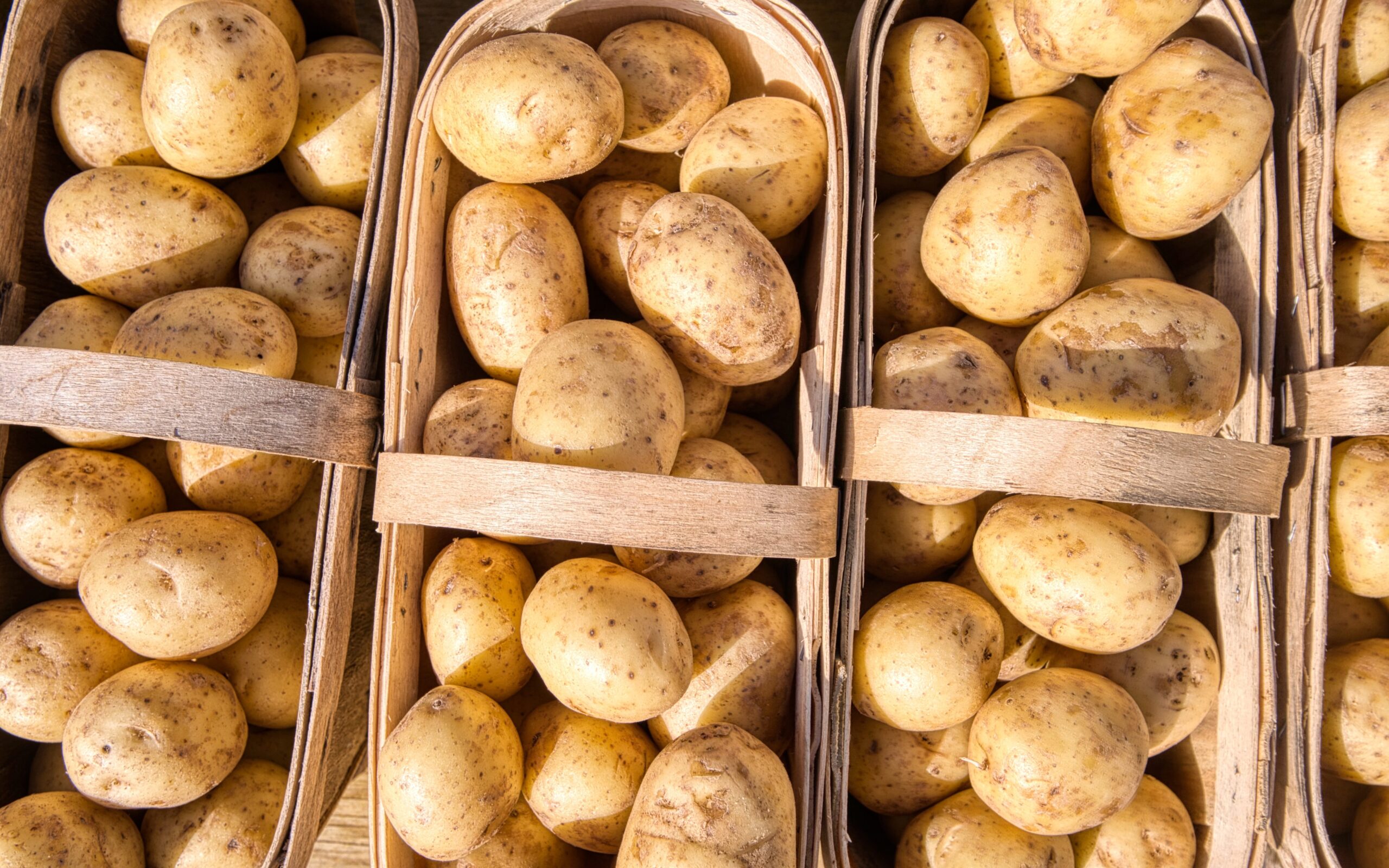Lately I’ve been getting a lot of emails wanting to know what resistant starch is and whether it’s possible to get flatulence from resistant starch.
What is resistant starch?
We know strength. We use it as a powder to thicken sauces or know it as an ominous ingredient in pasta, potatoes or rice that supposedly makes us fat. It is the starch that makes risotto, for example, so beautifully creamy. Why? We’ll clarify that in a moment.
Starch (lat. amylum) consists of two glucose chains, i.e. two polysaccharides. They are called amylose and amylopectin and are each made up of around 50,000 sugars. Amylose makes up around 10 to 30 percent of naturally occurring starch, amylopectin 70 to 90 percent. If you add water to starch and heat it, it swells and multiplies in volume(with funny effects…). The starch then gelatinizes and becomes sticky. Such processes help sauces, for example, to thicken and become creamy.
Our pancreas produces starch-degrading enzymes called amylases. This means that starch is largely broken down into individual sugars (glucose) in the small intestine and these sugars are then absorbed into the body. They are an important source of energy in our diet. And yes, a lot of starch means a lot of glucose, so we know why starch is notorious for being fattening.
However, starch can also be resistant, i.e. it cannot be broken down. So they do not turn into glucose and are therefore not fattening. Undegraded starch that arrives undigested in the large intestine is called “resistant starch”.
Three types of resistance
But not all resistance is the same. There are three types of resistant starch. The first type is starch, which is enclosed in the cells of our food, making it difficult or impossible for digestive enzymes to access. We find this, for example, in whole grains or other seeds. In order to digest them, we have to chew these grains well and break them down mechanically.
The second type has a form whose molecular structure makes it impossible for the enzymes to break it down. This type is usually found in raw foods such as raw or still green bananas, but also in some legumes. However, these starch molecules can be made digestible by heating. This means that a cooked potato has the same amount of starch as a raw potato, but we can use it as an energy source. And it tastes better…
The third is called retrograded strength. And that’s the kind of thing we’re usually talking about when we read about resistant starch. It is produced during the slow (!) cooling of heated, starchy foods. Slowly means over several hours. When the bound sauce or cooked rice cools down again, some of the starch molecules are redeposited. Crystalline areas are formed. These areas or the resulting starch molecules cannot be broken down by the enzymes in the intestine. So starch is suddenly no longer a fattening agent.
Reverse resistance
But be careful: if the cold food is reheated, the above-mentioned resistant amylose remains resistant. However, resistant amylopectin loses its resistance again from approx. 50°C. And remember, this type makes up the majority of the starch in our food. Unfortunately, it is once again a fattening food.
But why is all this relevant?
The resistant starch therefore enters the large intestine as dietary fiber via our food. And now something begins that we know from many intolerances. The starch acts as food for colon bacteria. This is an initial positive effect, as it helps us to keep our intestinal microbiome in balance. We feed our good intestinal bacteria with it. The fatty acids obtained from the digestion of the bacteria serve as an energy source for the intestinal cells. Sometimes you read that they also protect against bowel cancer. That is a nice hypothesis, but it cannot be proven. But the bacteria also produce gases… so they can cause flatulence. This is normal and not a symptom of intolerance. However, you should pay attention to this during the waiting period and avoid cold foods if you are very sensitive. However, the effect is very small and if it is, then only relevant in the first few days, because as I said: for a healthy intestinal flora, feeding with resistant starch would make perfect sense.
A third positive effect is that starch not only increases stool volume because it binds water, but as resistant starch it can also reduce the rise in blood sugar after a meal. All this helps you to lose weight more easily (if you want to).

Summary
There are three subtypes of resistant starch:
- Type 1 resistant starch. Starch that is trapped in intact cells. If these are destroyed by chewing, for example, the starch can be broken down by the digestive enzymes as usual.
- Type 2 resistant starch: Starch that is inaccessible to digestive enzymes due to its molecular structure. If it is heated, its structure changes. It can then be utilized by the enzymes for digestion.
- Type 3 resistant starch. Retrograded starch is produced after food has been heated and then slowly cooled. A crystal structure is formed that is inaccessible to the digestive enzymes. But only as long as the food is not reheated above 50°C.
It is this third version that we keep hearing about at the moment. It is good for the intestines because it is food for the intestinal bacteria. And yes, it can cause bloating, but this is limited as it only makes up around 3 percent of our diet.


